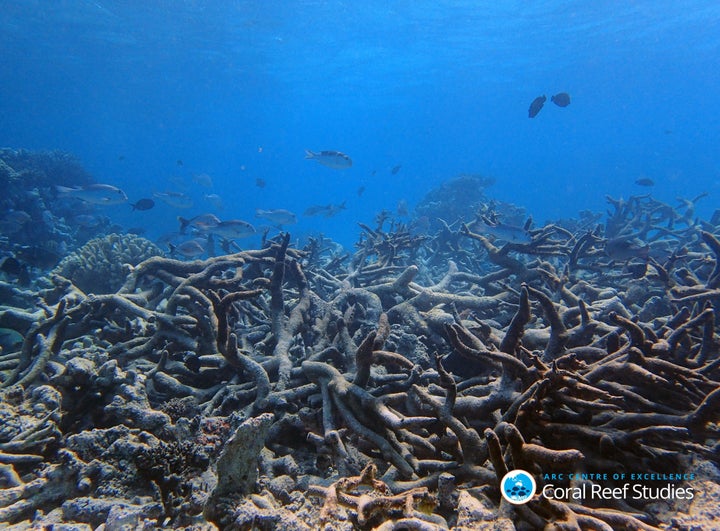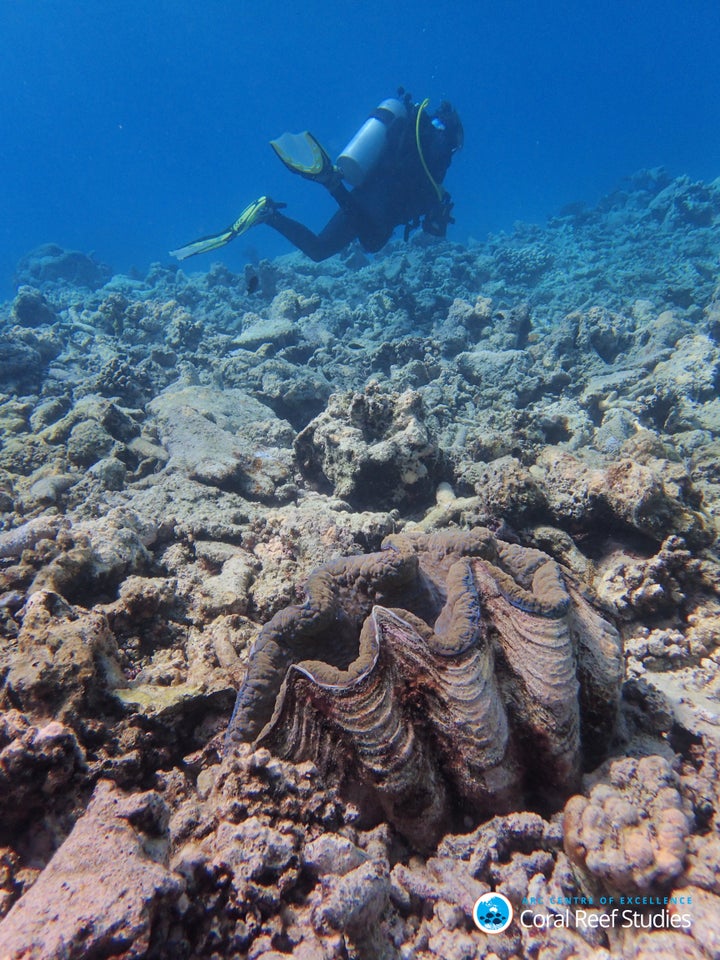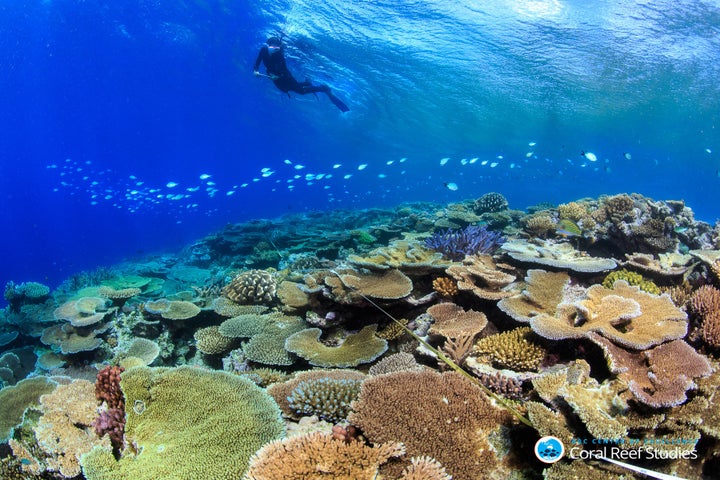
Scientists studying the aftermath of one of the worst coral bleaching events in history along the Great Barrier Reef have returned with some bad, albeit expected news: Much of that ecosystem is now dead.
A team of researchers from Australia’s ARC Centre of Excellence for Coral Reef Studies went back to check up on a swath of reefs that lie along the entire stretch of the Great Barrier, which saw some areas up to 95 percent bleached earlier this year.
In total, 83 reefs were surveyed in March, many of which were profoundly impacted by a period of prolonged heat that turned once colorful coral formations ghostly white. Scientist anticipated mass casualties.
And those predictions have come to fruition, according to Gergely Torda, a researcher with the National Coral Bleaching Taskforce that recently revisited many of those sites.
“Basically we have seen the better [healthier] part of the reef so far,” said Torda, midway through a secondary survey of those initial reefs. “But it confirms what our predictions were for the portion of the reef that would eventually die.”

Bleached corals, named for when they turn bright white, aren’t actually dead. But the color change happens in times of stress, usually when water temperatures become too warm and force the vivid algae that lives inside corals to leave. Corals can recover, but if temperatures are too warm for too long, the structures can die.
Torda’s team, led by Professor Terry Hughes, has only seen about 50 of the initial 83 reefs at this stage, mostly in the healthier and only somewhat-bleached regions near the lower and middle sectors of the Great Barrier. But mortality is high enough that eventual forays into what was once the most pristine sector of the reef ― the 400-mile stretch alongside the northernmost part of Australia ― will most likely reflect dire results.
Reefs around Lizard Island, an epicenter of coral research off Far North Queensland, have “pretty much no coral left,” Torda said.
“In March, we measured a lot of heavily bleached branching corals that were still alive, but we didn’t see many survivors this week,” said Andrew Hoey, a Taskforce researcher working on the island, in a press release. “A lot of the survivors are in poor shape.”

Although the full scale of death won’t be known until November, none of the horror is unexpected. Researchers have warned the ongoing effects of climate change could continue to wallop sensitive coral ecosystems with increased frequency, and severity. Some describe the Great Barrier as a marathoner trying to heal itself from an injury, but repeated races could prove too much in the coming decades.
However, despite the urgent need for action, scientist have warned against writing an obituary for the reef too soon. Hughes told The Huffington Post after Outside magazine published a controversial article declaring the structure dead this month that this was far from the case.
“We can and must save the Great Barrier reef ― it supports 70,000 jobs in reef tourism,” he said. “Large sections of it (the southern half) escaped from the 2016 bleaching, and are in reasonable shape. The message should be that it isn’t too late for Australia to lift its game and better protect the GBR, not we should all give up because the GBR is supposedly dead.”
Torda said there is hope for the most hard-hit regions of the reef to heal, but recovery efforts are usually “measured in decades in a very optimal scenario.” Even if the world were to halt all production of fossil fuels tomorrow, the planet is still locked in to continued warming over that period that could very well hit the Great Barrier while it was down, he said.
“This unfortunate event is now probably a wake-up call to the public, to policy makers, and hopefully we’ll have a positive outcome,” Torda added. “The question that I have is: ‘Is it too late or not.’”
You can view a full map documenting the severity of coral bleaching along the Great Barrier Reef here.
